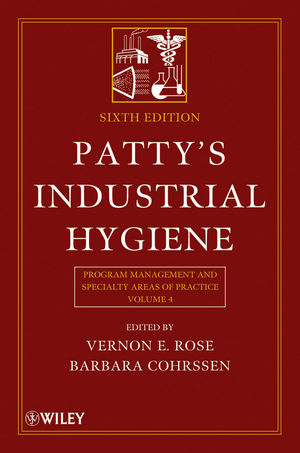Physically fit doctors "preach what they practice"
Feds want doctors to recommend more exercise

 It shouldn’t really come as a surprise, but a new study confirms it: doctors tend to preach what they practice.
It shouldn’t really come as a surprise, but a new study confirms it: doctors tend to preach what they practice.
In other words, health care providers who are physicially active themselves are much more likely than their unfit colleagues to counsel their patients on the importance of physical activity.
That’s good news for the patients of fit doctors, not so good news for other patients.
“Patients rely on advice from healthcare providers to adopt healthier behaviors, so these findings suggest that improving healthcare providers’ physical activity levels may be an easy way to help reduce physical inactivity among the general population,” said Isabel Garcia de Quevedo, M.S.P.H., ORISE Fellow at the Centers for Disease Control and Prevention (CDC) in Atlanta, Ga.
The study was presented at the American Heart Association’s (AHA) Epidemiology and Prevention/Nutrition, Physical Activity and Metabolism 2013 Scientific Sessions.
In 23 of 24 observational studies, physically active healthcare providers were significantly more likely to counsel their patients to incorporate daily physical activity into their lives, with some studies indicating that active physicians were two to five times more likely than their sedentary counterparts to recommend physical activity to their patients.
Furthermore, two interventions to improve physicians’ physical activity levels led to improvements in their confidence and efficacy in giving activity counseling to their patients.
Additionally, students in a medical school program to improve lifestyle habits were 56 percent more likely than students not in the program to provide more frequent physical activity counseling during standardized patient examinations.
Regular physical activity counseling by healthcare providers is a major part of the U.S. Department of Health and Human Services’ Healthy People 2020 plan to improve the nation’s health.
“When advice is coupled with a referral to community resources, it can be quite effective and this approach should be part of the public health solution to America’s inactivity problem,” said Felipe Lobelo, M.D., Ph.D., an epidemiologist with CDC’s National Center for Chronic Disease Prevention and Health Promotion, co-author and leader of the study.
The AHA and the CDC recommend at least 150 minutes of moderate exercise or 75 minutes of vigorous exercise per week and have information on how to fit fitness into busy schedules.
Looking for a reprint of this article?
From high-res PDFs to custom plaques, order your copy today!






